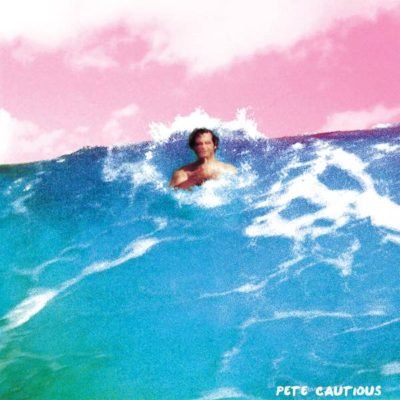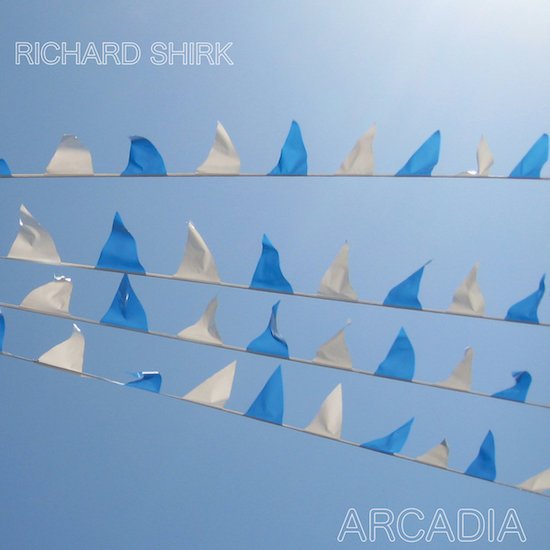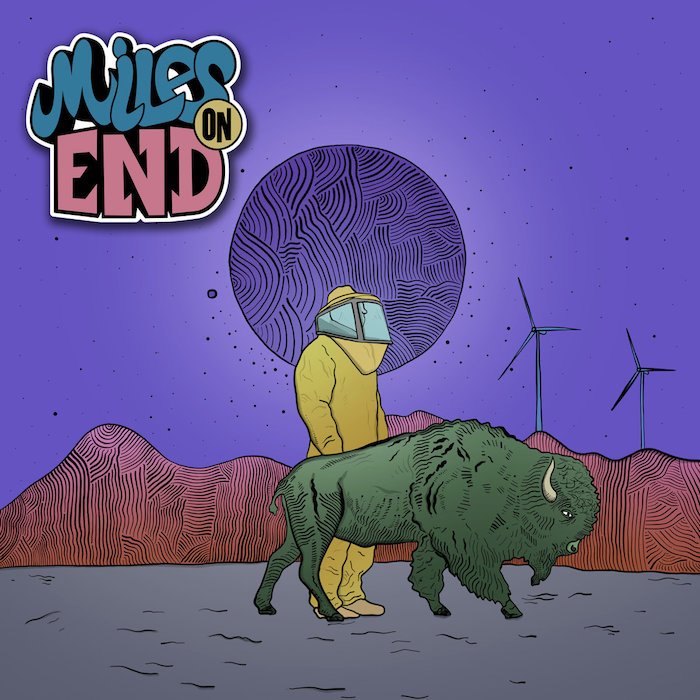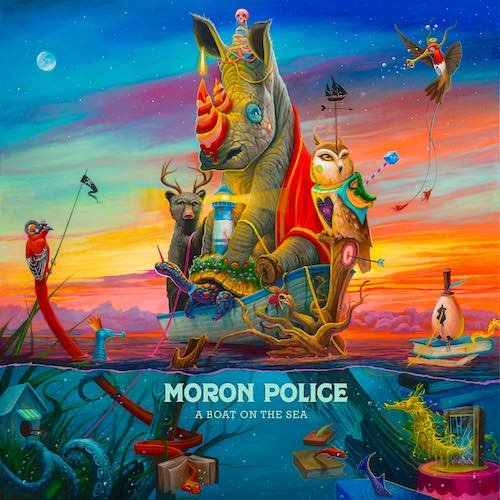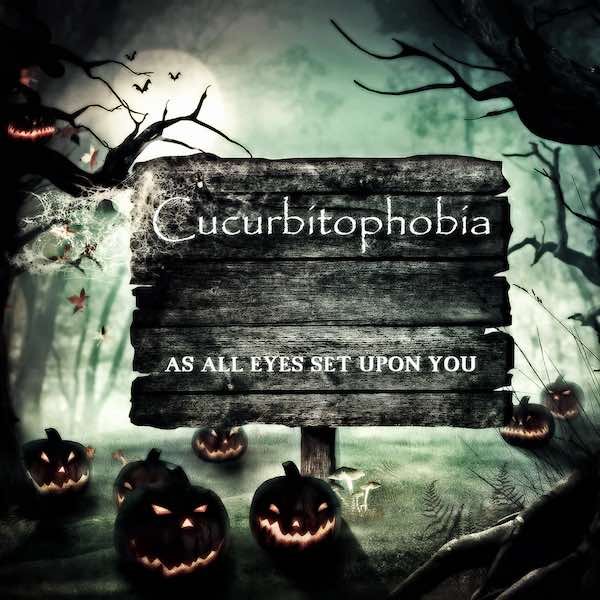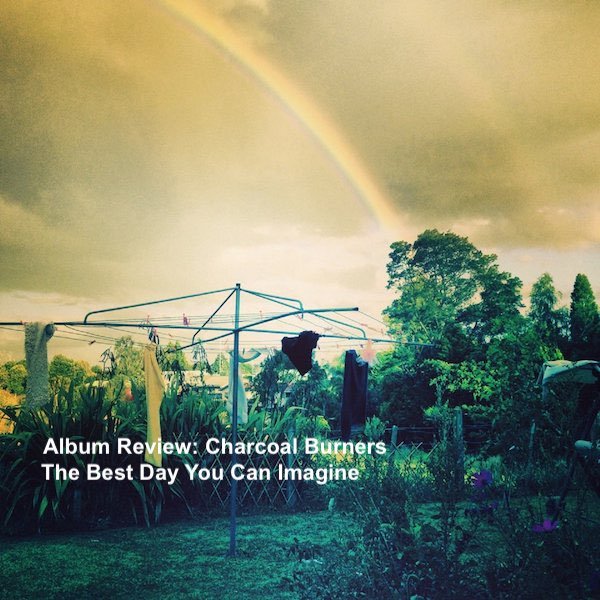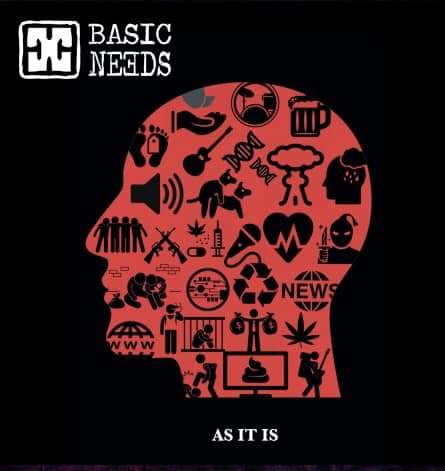There have been plenty of strong debut albums that came out this year, but one of the best that went…
Category: Album Review
Album Review: Richard Shirk’s ‘Arcadia’
Before you agree that streaming music killed the cult band, consider the strange tales spun in song by Oakland songwriter,…
Album Review: Miles on End
From the midwestern plains arrives the music of the relatively new Kanasan indie band Miles on End. Their own one-sentence…
Album Review: Moron Police
Norweigan indie band Moron Police return with their long-awaited third album, A Boat on the Sea, the follow-up to the…
Album Review: Carol Blaze
The new album, Sex, Drugs and Rock and Roll, from California musician Carol Blaze, sets out to ‘bring back’ those…
Album Review: Cucurbitophobia
Just in time for Halloween is our review of Cucurbitophobia’s new horror movie-like soundtrack, As All Eyes Set Upon You….
Album Review: So Dirty The Flamingos
The first minute of the opening track, “Races,” on the band So Dirty The Flamingo’s new self-titled debut album, draws…
Album Review: ‘Haunt Yourself’ by Sun Blood Stories
The third L.P. release, Haunt Yourself, from Boise indie band Sun Blood Stories is a mesmerizing recording of palatable experimentations;…
Album Review: Seven Purple Tigers’ Debut LP
The German band Seven Purple Tigers’ new self-titled debut album is one of the best DIY overseas debuts we have…
Album Review: ‘The Best Day You Could Imagine’ by Charcoal Burners
The new album, The Best Day You Could Imagine, is New Zealand post-punk/alt. rock band Charcoal Burners’ third album in…
Album Review: Basic Needs’ ‘As It Is’
Far away in the land of the Canary Islands, a rock band called Basic Needs crafts hard rock verging on…
Album Review: Women of the Night’s ‘Pastel Colors’
The Women of the Night is an edgy, New York rock band that cleverly mixes punk, garage, blues, psych, dream…
